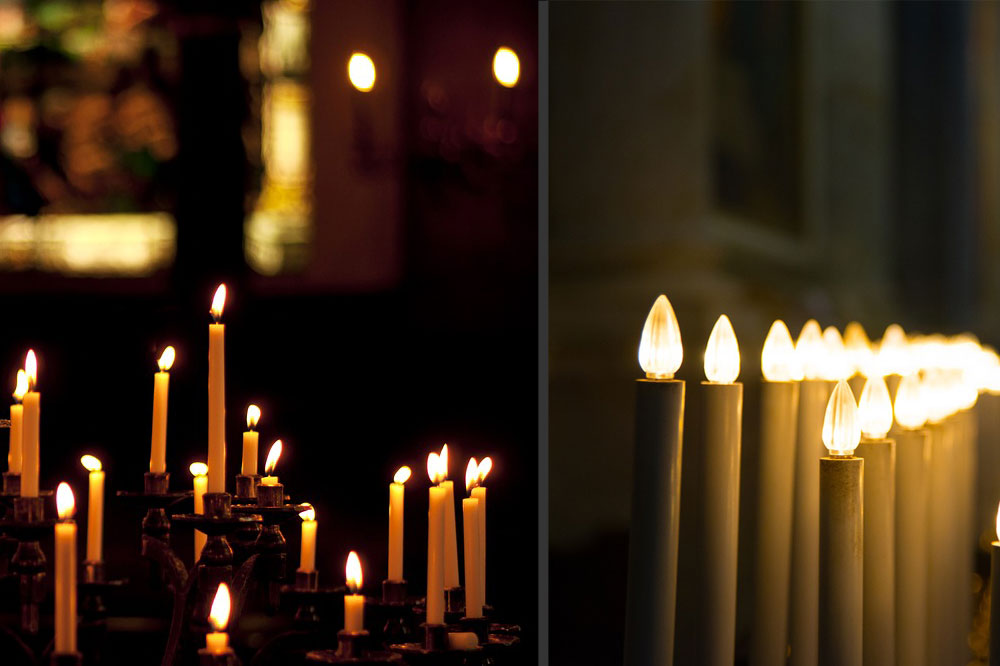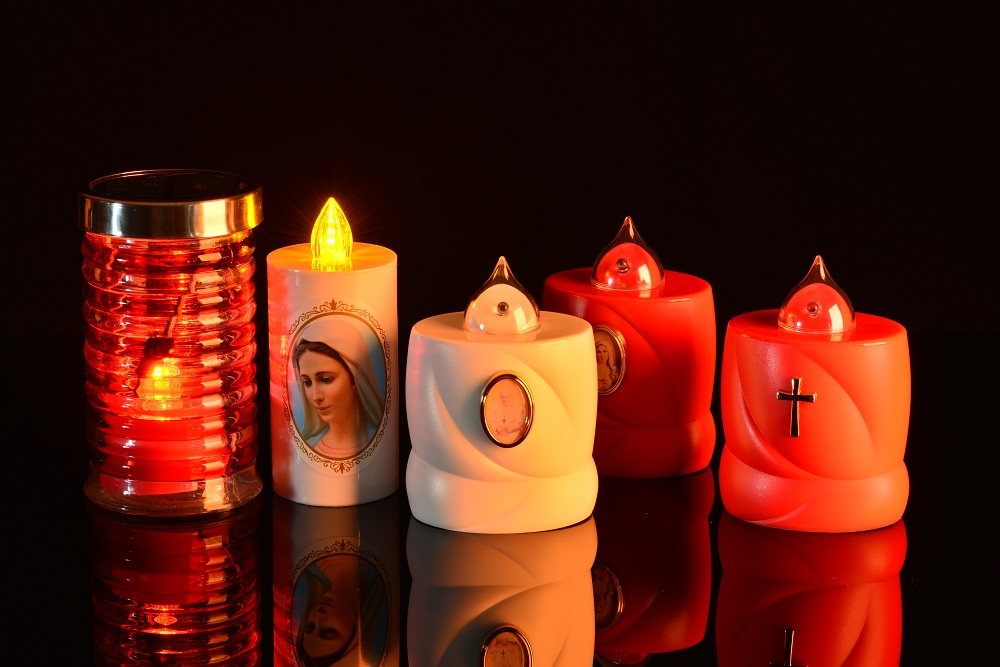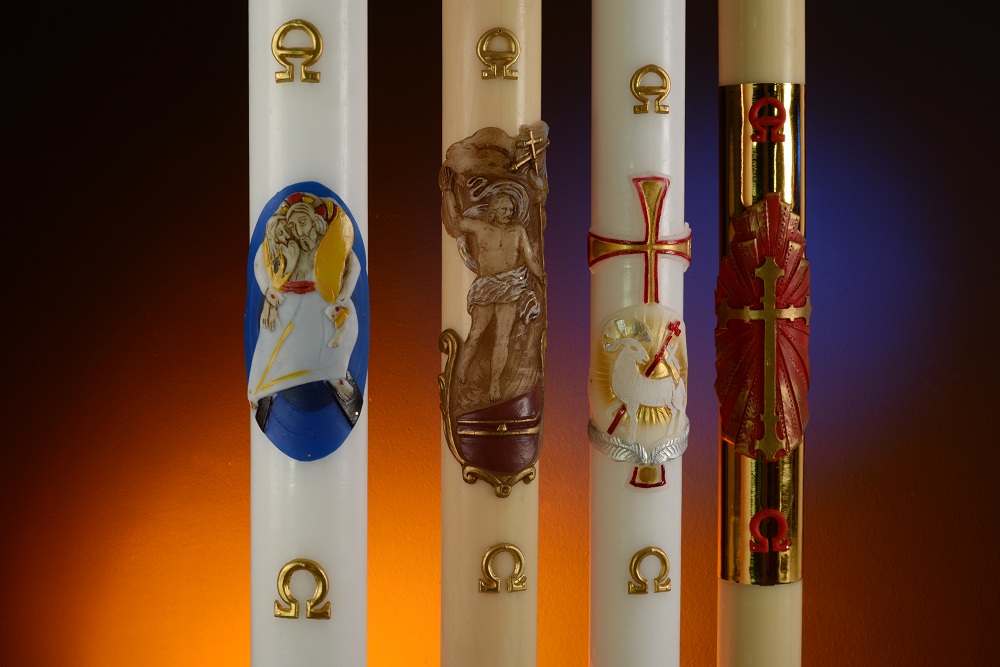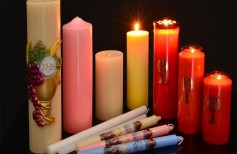Contents
When we think of a church, the first image that is formed in our mind is probably that of a known religious building, with a bell tower, the Cathedral of our city, or perhaps a place of worship that is particularly dear to us for sentimental reasons. only ours. The second image, almost certainly, will be a nave immersed in the dim light, illuminated by the light that rains with polychrome glass and leaded windows, and, invariably, by the golden glow of countless lighted candles.
There is, in the infancy of every Christian, the memory of that golden light, similar to dissolved gold, the smell of wax, its consistency between the fingers when, regardless of the recommendations of parents and grandparents, we could not resist the temptation of touch the white and smooth stems of the candles, letting a few of those transparent and hot spills burn their fingers.
It was a moment of great sacredness, one in which, with the coin that had been delivered to us, and which we held in our fist like an inestimable treasure, we were given permission to light a candle in front of the altar of the Madonna, or of a saint particularly expensive. The only gesture of putting the offer into the slot, of hearing the jingle on the bottom of the box, had within itself the rituality of a sacrifice.
Then there was the choice of the candle, among the many that protruded from the container placed next to the rack encrusted with ancient wax. They were all the same, apparently, all beautiful, untouched, perfumed, but in our childish desire to do well, to please Jesus with our gift, we had to be sure to choose the right one, the best possible.
Lighting the candle in the church
After a long reflection, made our choice, it was the most exciting moment: you had to light the candle, brushing an already lit one with the wick, and then choose the position in which to put it in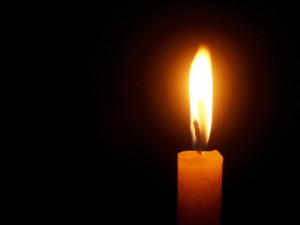 the rack, the free anchor that, by position and angle , fulfilled our expectations. Because it was important that that candle, our candle, chosen with care and reasoning, paid with the offer that we ourselves had put in the box, was positioned appropriately, and burned by consuming itself in its own wax in order to offer the light more hot and beautiful. Only in this way would Jesus, or Our Lady, listen to our silent prayers, and have fulfilled our desires: protect mum and dad, protect grandmother, protect my friends, my dog, my hamster; let me be good at school and good with my classmates; stay near the night, when I’m afraid, in the dark.
the rack, the free anchor that, by position and angle , fulfilled our expectations. Because it was important that that candle, our candle, chosen with care and reasoning, paid with the offer that we ourselves had put in the box, was positioned appropriately, and burned by consuming itself in its own wax in order to offer the light more hot and beautiful. Only in this way would Jesus, or Our Lady, listen to our silent prayers, and have fulfilled our desires: protect mum and dad, protect grandmother, protect my friends, my dog, my hamster; let me be good at school and good with my classmates; stay near the night, when I’m afraid, in the dark.
This done, they could leave, but inevitably, as we walked the aisle held by the mother’s hand, our eyes continued to run to the candle, our candle, in its light wavering and weak, but unique, among all others, our personal gift to God.
Lighting a wax candle and placing it in front of an altar, a Virgin Mary statue, or a chapel is a complex ritual of great spiritual depth, and not just for children. In that apparently banal gesture all the expectations of the faithful are concentrated, his hopes, his expectations, for himself and for those who love. There is a profound meaning in entering church, stealing time from everyday life, from the rush that dominates our days, devoting a moment to this gesture, choosing the right candle, like when we were children, and lighting it, with the thought turned to God , and maybe even to our son who has to do a task in class, or someone we love who is experiencing a difficult time, or has health problems. Lighting a candle in the church is already in itself a prayer, which does not require words, does not even require to be formulated. It’s a way of saying: I’m here, just to do this, I came out of my life to enter this church, offer my time and my whole thought to this single gesture. The lighting of a candle in the church in front of a statue, an altar, a sacred image or the SS. Sacramento, is a manifestation of faith that leaves a tangible, visible sign. It is as if we, leaving the church, wanted to leave a part of us inside, to pray, to ‘burn’ with faith, with love, just like the flame of a candle. The offer that we leave is always accompanied by a request, of protection, of blessing, a small grace for us or for those we love.
Things are a little bit today.
Electronic chandeliers and new solutions adopted
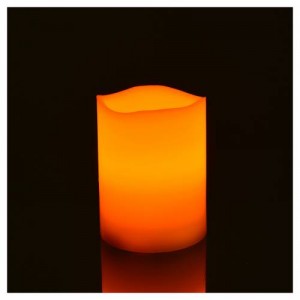 In most modern churches, but also in historical churches, the wrought iron racks have been replaced by electronic chandeliers of various types. In some cases their appearance recalls that of the old candlesticks, with wrought iron decorations, but much more often the design is more modern and essential, linear and clean. All in the electronic chandeliers talk about efficiency, safety and cleanliness. Meanwhile, the sacristan or one for him, no longer has to worry about supplying the appropriate container with candles, or cleaning the terminals with wax dissolved and then solidified. Indeed, many electronic chandeliers are complete with a glass cover, which prevents anyone from touching the fake candles, and the dust from settling between them. Everything is cleaner, therefore, but above all there is no smoke or soot. Technology that is behind the LED candles guarantees respect for the environment and low consumption. Furthermore, these candlesticks are easy to use for the elderly and safe for children: just insert a coin in the appropriate box and an electric candle will light up. It is also true that electronic chandeliers discourage theft, being equipped with security locks that close the boxes of offers, and also acts of vandalism small and large. Certainly no one will be able to steal the candles just for fun, even if damage to an electronic candlestick will certainly be more salty to pay than that done to a rack of wrought iron. But the proposals do not end here, if you think that the flame of a traditional candle has its charm, new solutions of LED technology also present candles with a flickering flame. I’m rechargeable led candles, suitable for any indoor environment, easy and safe to use.
In most modern churches, but also in historical churches, the wrought iron racks have been replaced by electronic chandeliers of various types. In some cases their appearance recalls that of the old candlesticks, with wrought iron decorations, but much more often the design is more modern and essential, linear and clean. All in the electronic chandeliers talk about efficiency, safety and cleanliness. Meanwhile, the sacristan or one for him, no longer has to worry about supplying the appropriate container with candles, or cleaning the terminals with wax dissolved and then solidified. Indeed, many electronic chandeliers are complete with a glass cover, which prevents anyone from touching the fake candles, and the dust from settling between them. Everything is cleaner, therefore, but above all there is no smoke or soot. Technology that is behind the LED candles guarantees respect for the environment and low consumption. Furthermore, these candlesticks are easy to use for the elderly and safe for children: just insert a coin in the appropriate box and an electric candle will light up. It is also true that electronic chandeliers discourage theft, being equipped with security locks that close the boxes of offers, and also acts of vandalism small and large. Certainly no one will be able to steal the candles just for fun, even if damage to an electronic candlestick will certainly be more salty to pay than that done to a rack of wrought iron. But the proposals do not end here, if you think that the flame of a traditional candle has its charm, new solutions of LED technology also present candles with a flickering flame. I’m rechargeable led candles, suitable for any indoor environment, easy and safe to use.
Led candles: advantages and solutions
There are also more modern and technological models, in which the box for offers has been replaced by a touch screen monitor with a display on which to swipe your credit card. That’s right: no coin slot, but a practical and functional computerized system, where supply is not free, and where, instead of focusing on why you went to church to light a candle, you can read about it monitor a whole series of information on the services offered in the sanctuary, from the prices of the masses, to the fundraisers.
And here we want to stop for a moment.
It makes no sense to oppose progress, to reject the undoubted advantages it brings to us all, in every field, in every aspect of our existence. But perhaps it would be worth taking a moment to reflect. It is undoubted that the electric candles they offer an ecological and clean alternative to old wax candles, making the work of the cleaning staff easier and the neatness of the glance for those entering the church.
It is also true that for years there are excellent wax candles designed specifically for not soiling. That’s right: even if they are tilted, they do not drip, avoiding useless spills of liquid wax, encrustations, dirt, but keeping all the suggestion of the live flames, real, their pulsating heat, the vibrant expression of their life. A solution of this kind can be a reasonable middle ground. These non-dripping candles are also perfect for processions: they can be held in hand, moved, tilted, and do not let the wax fall on the skin or on the church floor.
Another alternative are the liquid wax candles, powered by refillable cartridges, also clean, safe, beautiful to behold.
The very important thing, however, in lighting a candle, whether wax, electronic, paid with the coins taken from the piggy bank, or with a credit card, is the meaning of the gesture itself, and there is no doubt that modern solutions , although functional and non-polluting, they appear to be a little weak on the aesthetic and symbolic level. It is true that an offer is made, in the name of a blessing or a grace, and it is true that a light is turned on, even if it is LED and automatic. The gestures are different, the effect is different, and maybe it’s just that part of us that remembers the smell of wax, the feeling that gave the smooth and intact candles with the fingers, to regret the old racks in wrought iron, with dusty curls blackened by soot, decorated with formidable wax sculptures that were melted and then clotted, which we enjoyed untangling and bringing home.
It is likely that the fate of candles in the church is inevitably to change, to follow technological progress and to offer higher standards of comfort, safety and efficiency. But many of us, inevitably, entering a church, will still seek the old racks, with their load of hopes and promises, their forest of dancing lights, unequal candles, each unique, unrepeatable, as is every prayer, as it is every man, woman, child who turns to God.

